The castle of Valençay is one of the great sites of the Loire Valley, just like Chenonceau, Cheverny or Chambord. Known to have been the residence of Talleyrand, the domain of Valençay has however a long history behind it when the famous diplomat acquired it in 1803.
What is the history of the Valençay castle? What place did the castle have in the life of Talleyrand? From the d’Estampes family to the present day discover the fascinating history of this charming Berry castle.
The d’Estampes family: builders of Valençay
The first traces of the seigniory of Valençay date back to the 13th century but from this time there is almost nothing left, only a medieval lower hall remains. The turning point in the construction of the castle came in 1451 when the fief was acquired by Robert II d’Estampes.
At this time, the Hundred Years War was coming to an end. The defensive interest of the castle disappears and the destruction of the feudal manor is undertaken to make way for a modern castle. The d’Estampes family which had succeeded in becoming part of the high nobility wanted to have a house built to match their new renown. The wedding of Louis d’Estampes with Marie Hurault, daughter of the Lord of Cheverny and intendant of the finances of Louis XII, made it possible to launch the work around 1520, almost at the same time as the castle of Chambord located a few kilometers away. This work will be continued by future generations until 1650.
ALSO READ : Chambord castle, Francis I’s dream
The staggering of the works over so many years means that Valençay presents different architectural styles which nevertheless blend harmoniously. The Italian Wars of the early 16th century made it possible to discover the Italian Renaissance, whose codes were then spreading throughout Europe and from which the castle of Valençay did not escape, becoming more and more aesthetic and less and less defensive.
Unfortunately the maintenance of such a castle was very expensive for the d’Estampes family who were at times forced to sell some of their land. Moreover, the enlargement of the family over the generations divides the estate according to the succession. Finally the castle was sold in 1747 to Jacques-Louis Chaumont de La Millière who sold it in 1766 to Philippe-Charles Legendre de Villemorien. His wealth allowed him to continue the work: he built a tower similar to the north tower on the south side, destroyed a wing to clear the view, raised a new facade on the courtyard side and redid the roof, giving the castle of Valençay almost the appearance we know today.
Valençay in Talleyrand’s time
A brilliant and cultured man, Charles-Maurice de Talleyrand-Périgord aka Talleyrand had a long and brilliant career. He was born in 1754 into a wealthy family. Suffering from a club foot he was sidelined by his family: deprived of his birthright, he was oriented towards an ecclesiastical career instead of embracing the military and became bishop of Autun in 1788. As an actor in the Revolution, he renounced the priesthood and went so far as to advise the nationalization of church property in order to bail out the state coffers. He participated in the drafting of the Declaration of Human Rights, to which he is credited with Article VI (“The Law is the expression of the general will…”). During the Terror he went into exile in London and the United States before returning to the Directory as Minister of Foreign Affairs. In 1799 he took part in the coup d’état of 18 Brumaire and became Napoleon’s Minister of External Relations.
It was at this time, in 1803, that he bought the Valençay estate encouraged by the emperor who wanted his minister to be able to receive foreign dignitaries in an appropriate manner: “I want you to have a beautiful land, that you receive the diplomatic corps brilliantly”.
However, Talleyrand rarely visited Valençay during his time as minister, being very busy with the Emperor and with many trips. During the Spanish War though he had to welcome the princes of Spain to Valençay, a castle transformed into a luxury prison in which they stayed for six years. To improve their daily life, Talleyrand had them build a charming theater that is still preserved today and can be discovered during guided tours.
During the Restoration Talleyrand became an advisor to Louis XVIII. He participated in the creation of the constitutional charter and was appointed Minister of Foreign Affairs. In 1814, he participated on behalf of France in the Congress of Vienna which brought together the countries that had defeated Napoleon I. The following year, after being removed from power by Louis XVIII, he returned to Valençay for the first time in eight years. He will then return to Valençay on a regular basis.
Talleyrand then posed as the benefactor of Valençay of which he became mayor. He had the church bell tower erected, created a cemetery, ceded land to build the town hall, created a charity office, helped the sick, and created a school for boys… so much so that in 1825, the Prefect of the Indre wrote to the Minister of the Interior “there are neither beggars nor absolutely needy individuals in Valençay because Mr. de Talleyrand has established workshops where there is work for all ages. Those affected by the disease are visited, helped, comforted by the Sisters of Charity he has endowed and established in this small town”.
The Valençay castle after Talleyrand
When Talleyrand died in 1838, as he had no known legitimate son, the estate reverted to his great nephew Napoleon-Louis de Talleyrand-Périgord. The castle remained in his family until 1952 when the Duke of Valençay Boson bequeathed his estate to his son-in-law Jean Morel.
In 1979, the latter ceded the estate to an association administered by the department of Indre, the commune of Valençay, the Crédit Agricole de l’Indre and the Caisse de Réassurance Agricole de l’Indre. From now on the castle is managed by the Syndicat mixte du château de Valençay.
Note a little anecdote during the Second World War: the Valençay castle was one of the depots chosen by the Louvre museum to house certain masterpieces. Ancient statues such as the Victory of Samothrace or the Venus de Milo were preserved here.In 1944, an SS division wanted to destroy the castle in retaliation for the murder of two soldiers by the maquisards, but the Duke of Talleyrand, also playing on his German title of Duke of Sagan, accompanied by Gérald Van der Kemp, future curator of Versailles, were able to parley and saved the castle as well as the masterpieces of the Louvre.
ALSO READ : The Louvre museum like you’ve never seen it before!
Visit of the castle of Valençay
Remarkably well furnished the castle of Valençay gives the impression of still being inhabited. Here is an overview of some of the rooms to make you want to go and discover it!
Next to the castle, in the orangery, a restaurant allows you to regain your strength in the middle of the visit, with a breathtaking view of the castle if you settle on the terrace.
Useful informations
Location:
Valençay castle
2 rue de Blois
36600 Valençay
France
Opening hours:
Schedules vary according to the season, consult the castle’s website
Website:
https://www.chateau-valencay.fr/en/
Admission:
Full price: € 14
Reduced rate (7-17 years old, students, teachers, job seekers, disabled people): € 11
Child rate (4-6 years old) : € 4,80
Thanks to Emmanuel Cros for his passionate visit!
Article written in collaboration with Berry Province

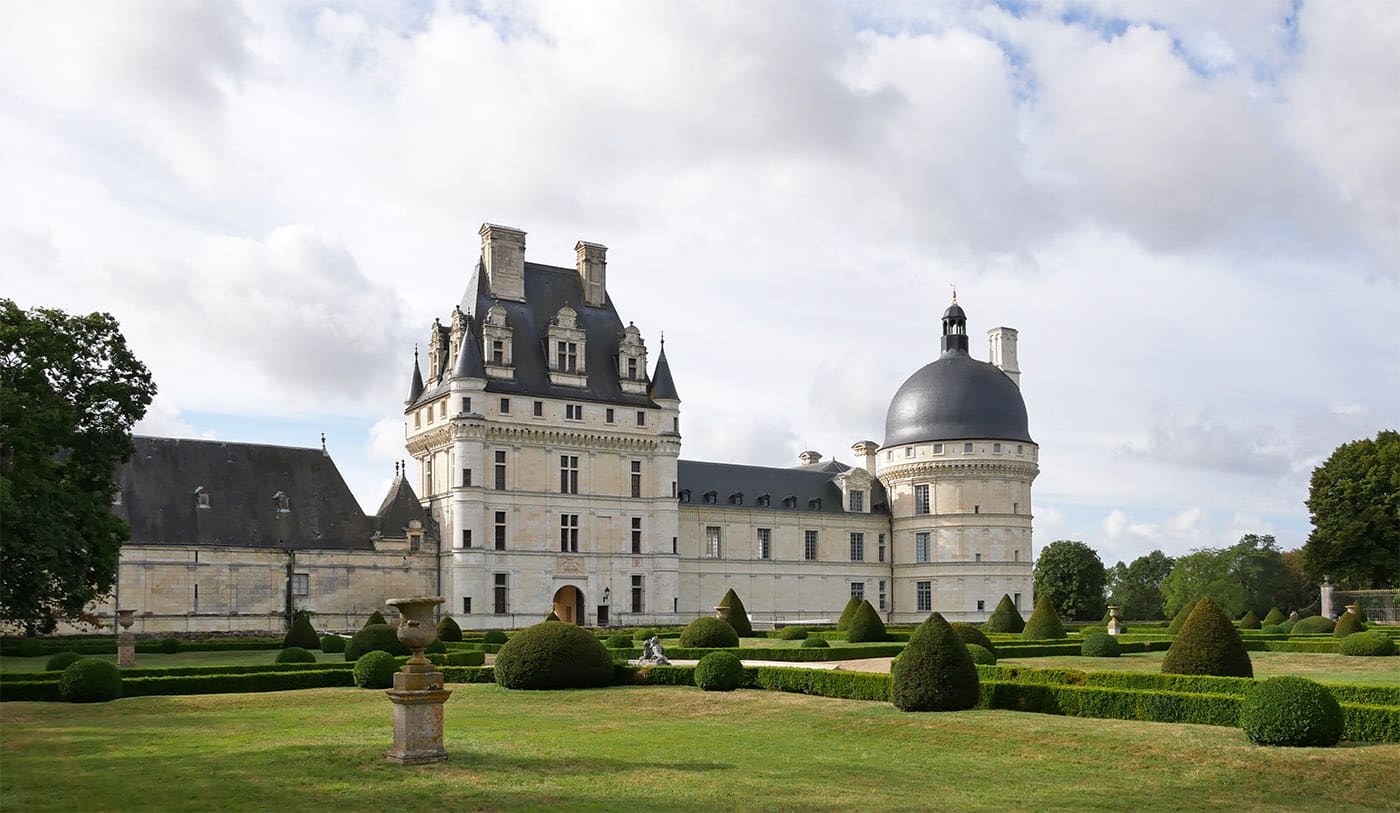

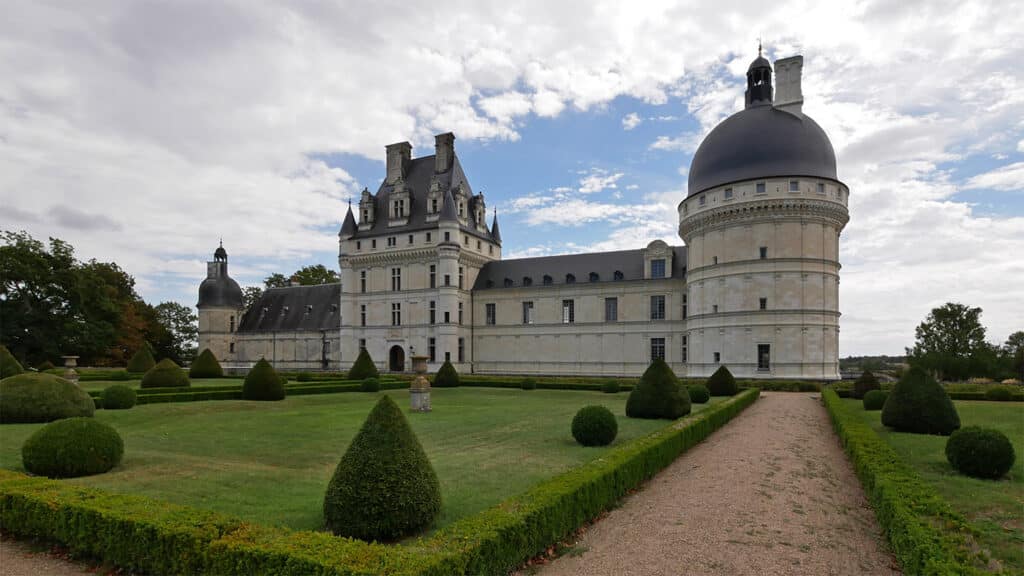
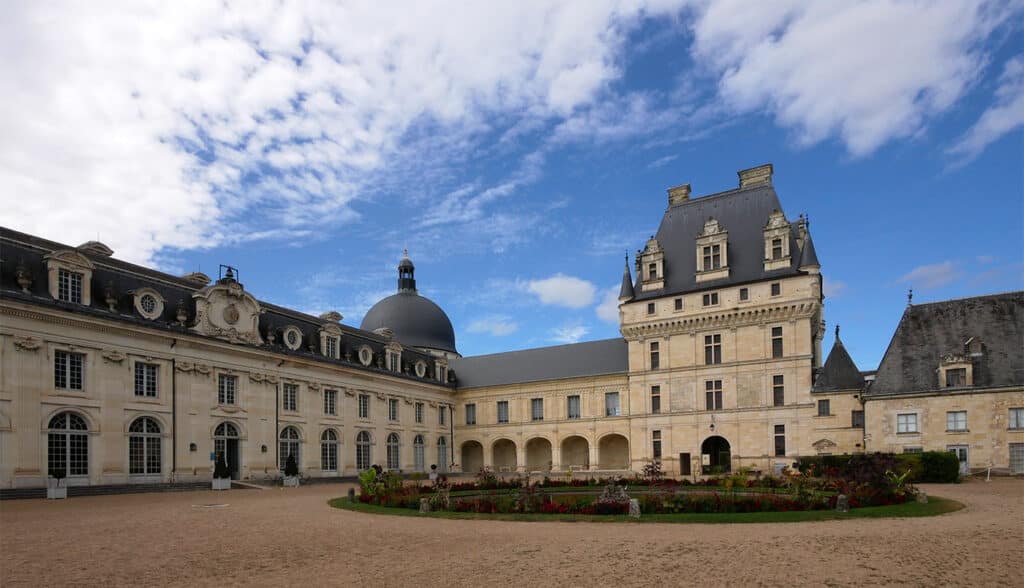
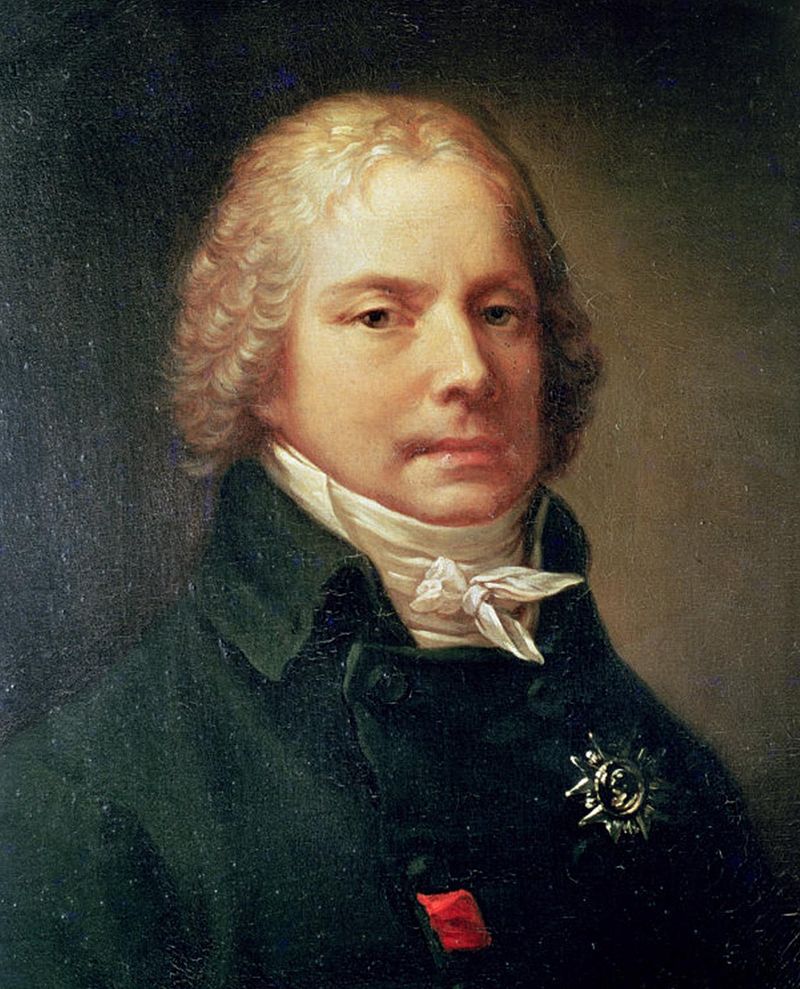


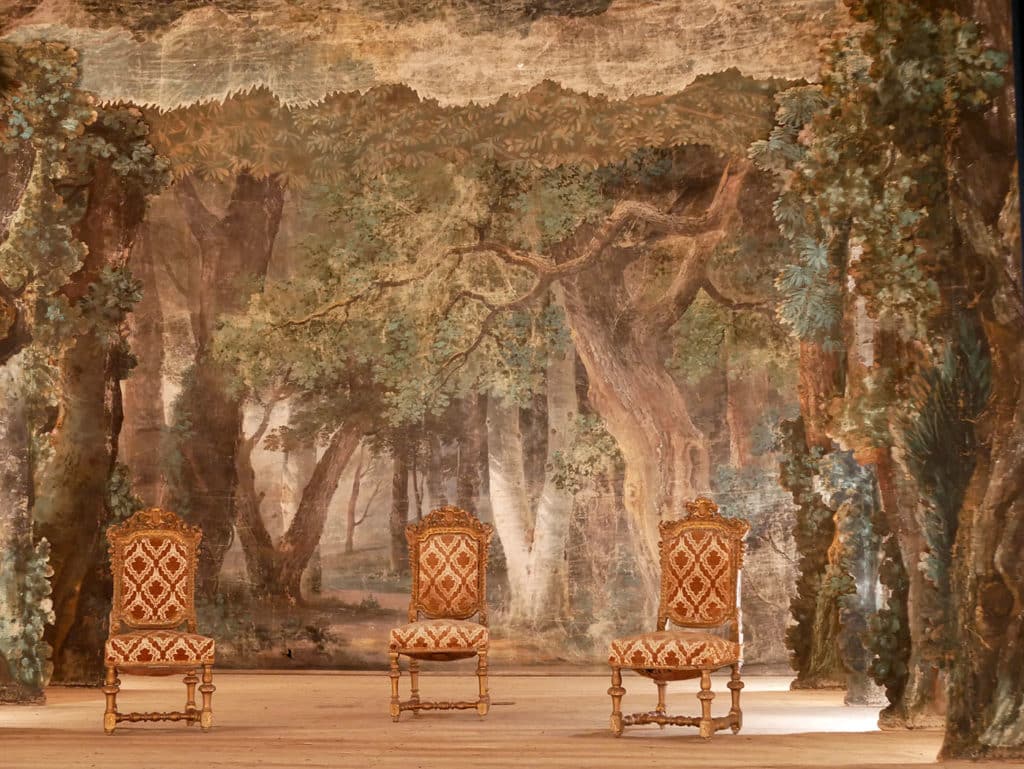


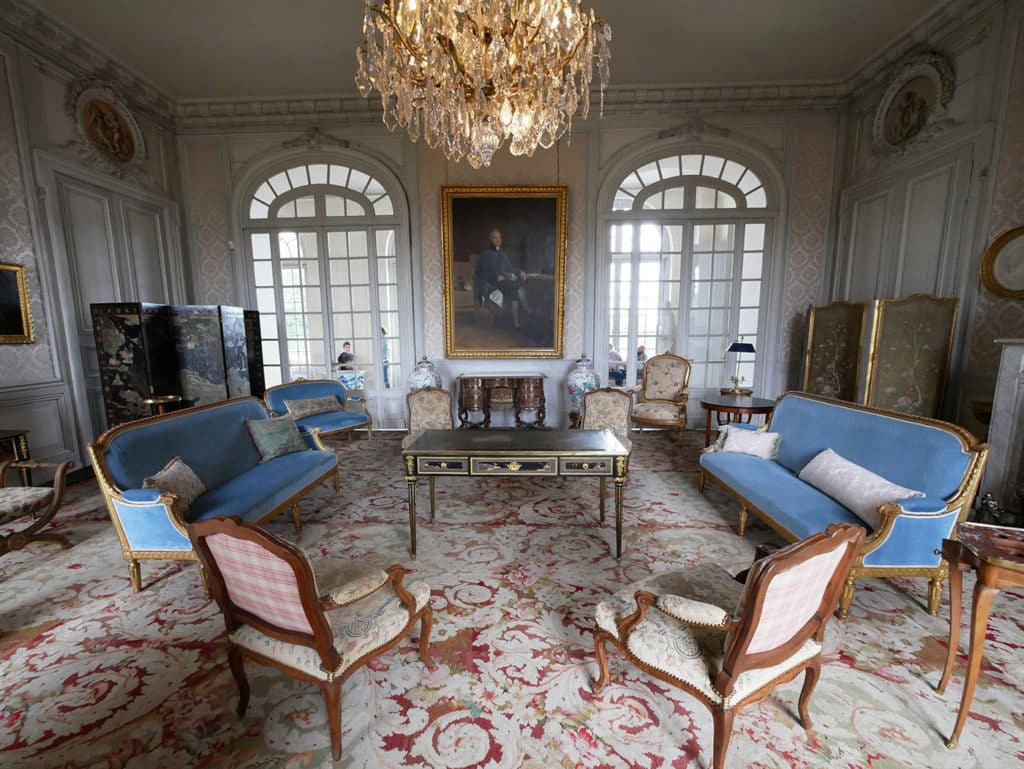
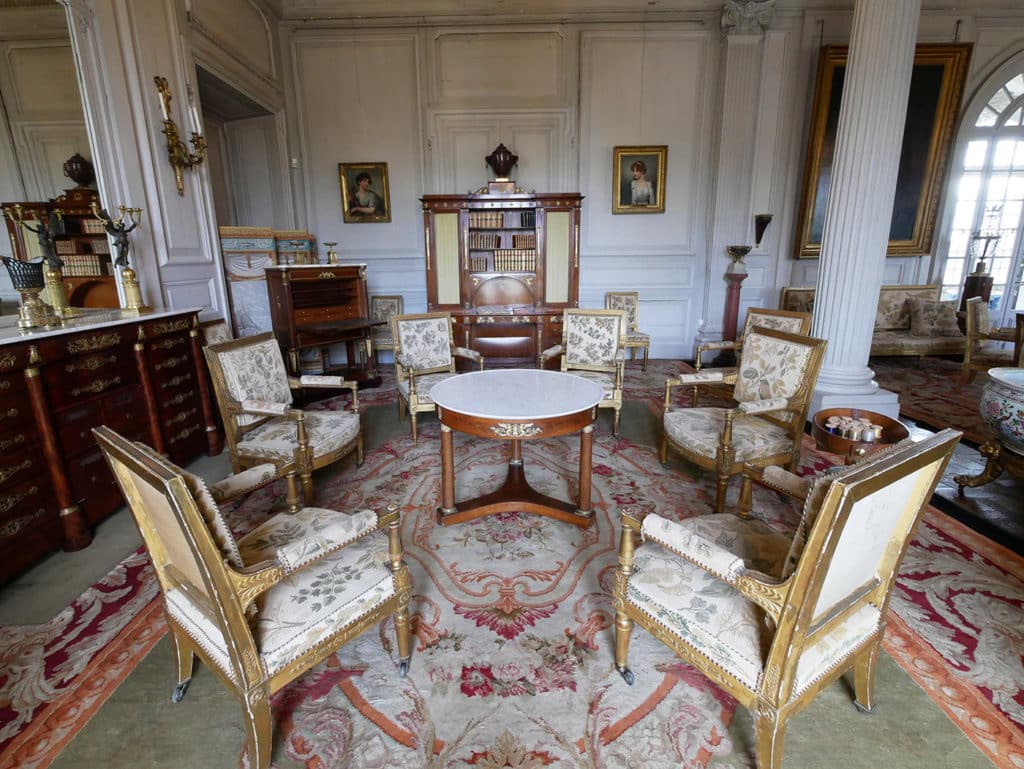
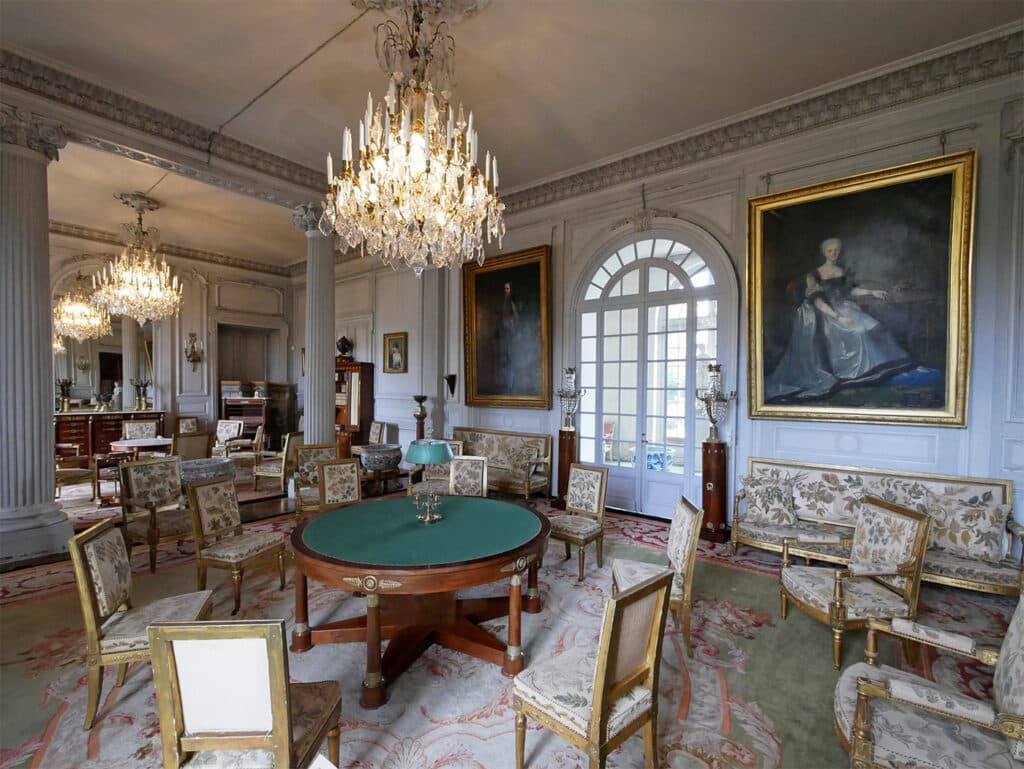
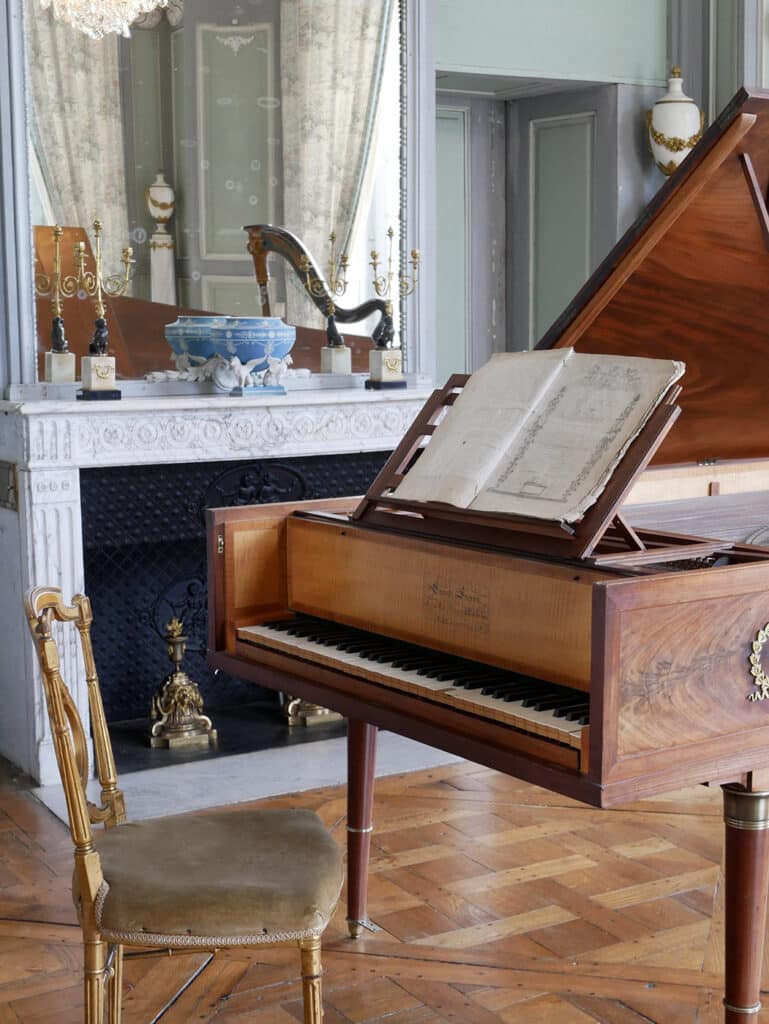
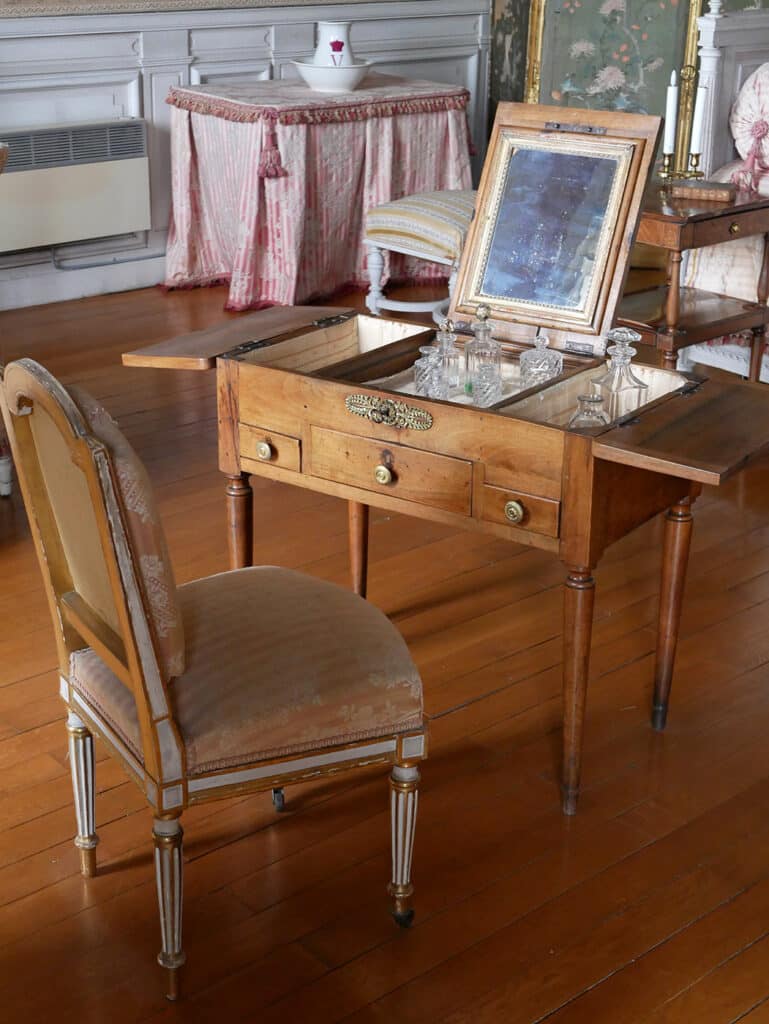
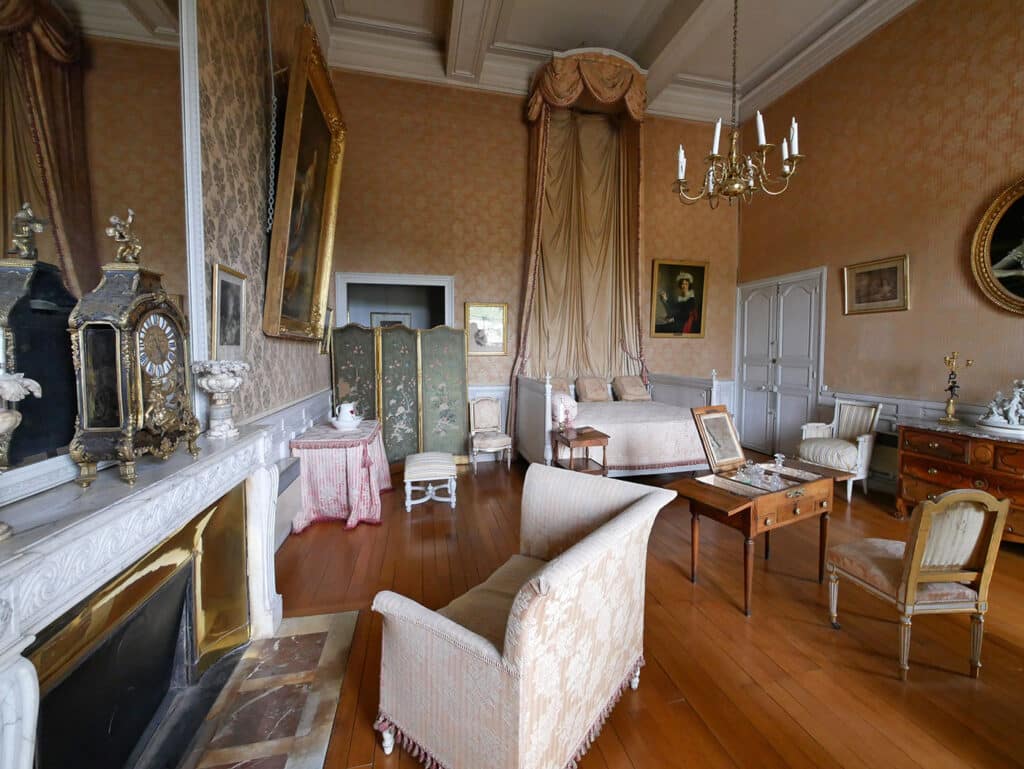
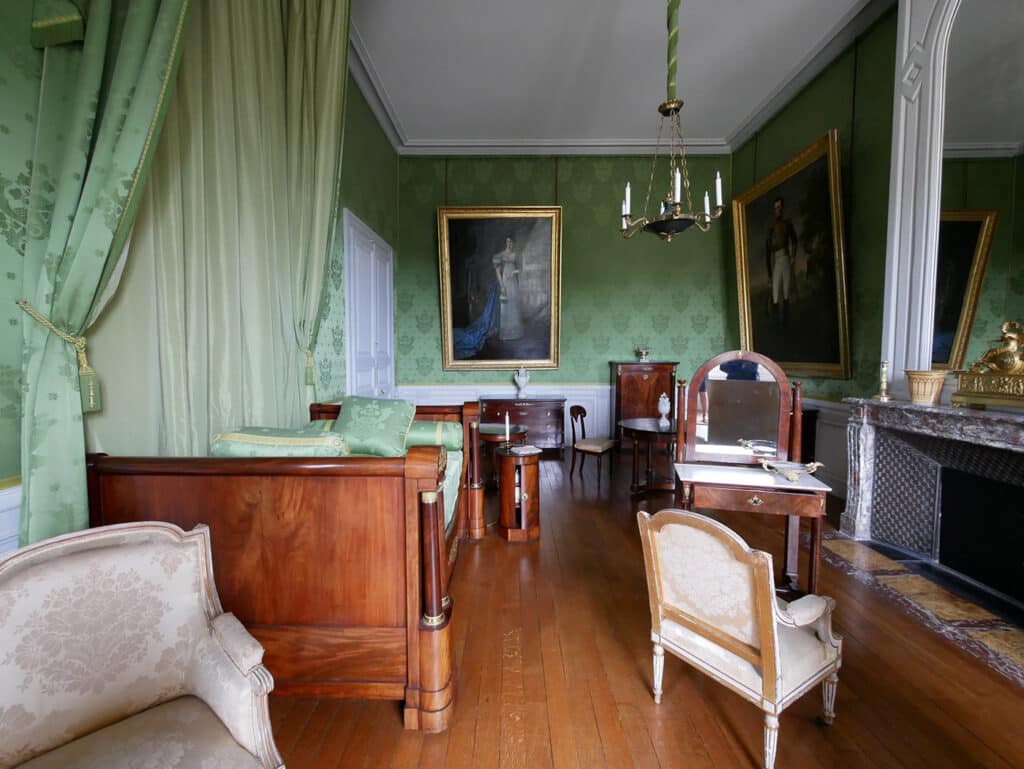
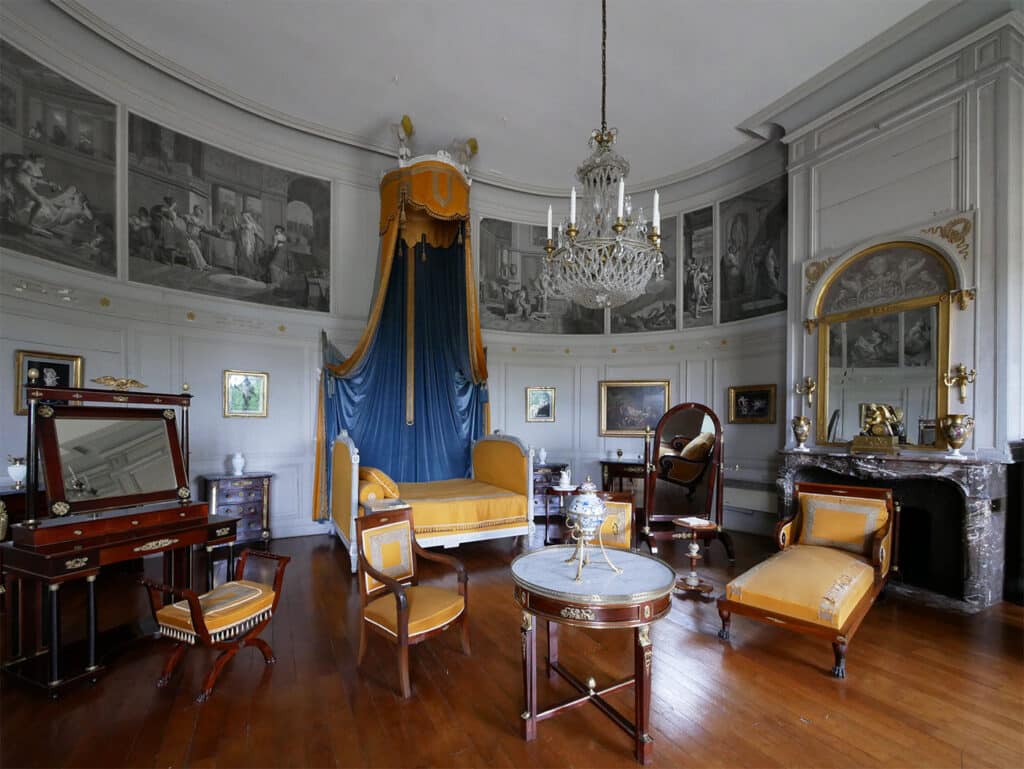
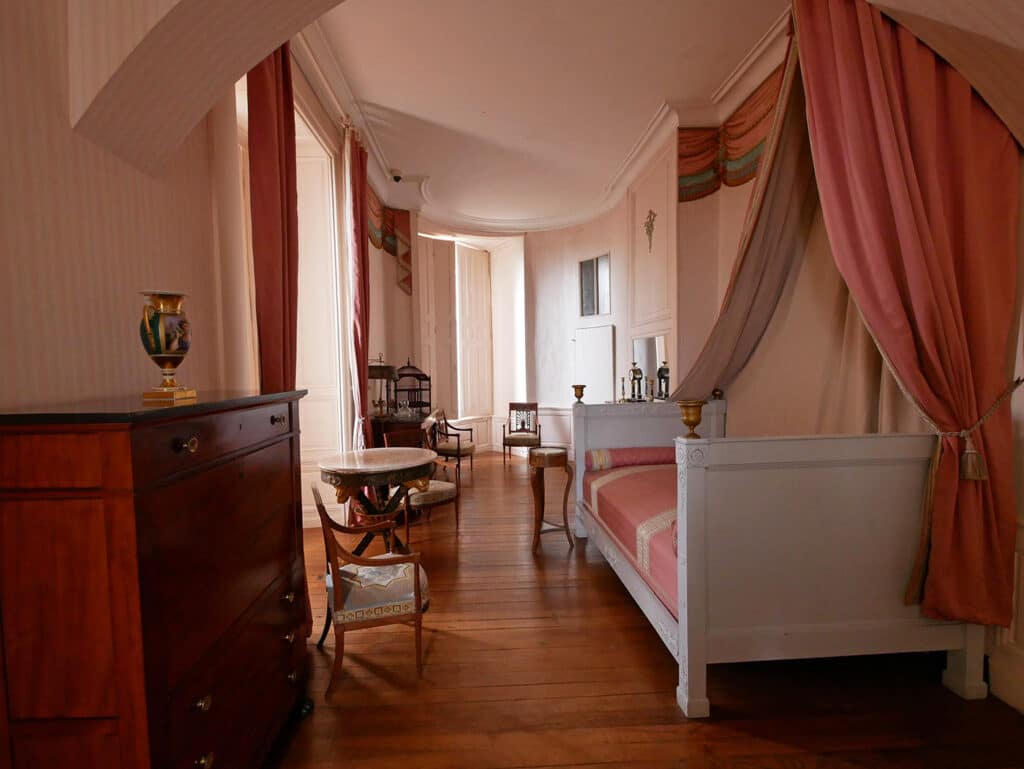
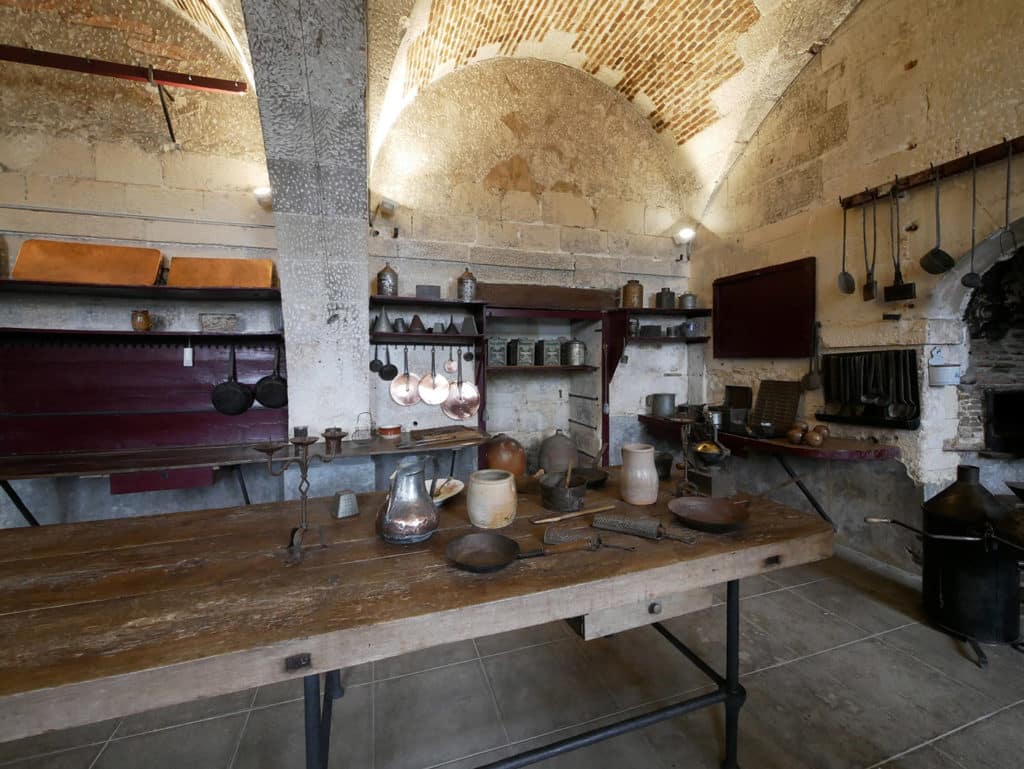



No Comments
Leave a comment Cancel